As the collective consciousness of the masses finds diversity, inclusion and accessibility more and more important in the workplace, it is also extending into the mindsets of the consumers, people are wanting more from the brands and companies that they support. Furthermore society is questioning old systems and outdated products and services that clearly were not created or designed with everyone in mind.
That is where the theory of Universal Design for learning comes into play. The term was first developed in the 1960s by American architect Ronald Mace, and was meant to encapsulate his philosophy of “design for all ages and disabilities”. Mace grew up during the polio epidemic and contracted the virus at the age of nine before the great inoculation of the virus. He lost mobility at the early stages of his life and subsequently used a wheelchair. At the time there was a lack of inclusion of people with disabilities when it came to designing public buildings, because of his disability he could recognize flawed designs. Which eventually led to the creation of the term Universal Design. Present-day we still have a long way to go as a civilization when it comes to designing for people with disabilities.
Despite not coming as far as we thought we would as a society, there are still many individuals who are working towards equality in the world. We had the opportunity of interviewing Bret Schafbuch, Lead Concept Developer at the LEGO Group. He works within Play Engineering, which is part of the LEGO Group’s Creative Play Lab that incorporates digital and physical concept experiences in LEGO® play for children and adults. Bret is passionate about the theory of Universal Design and will be speaking about it more in depth, at our 22’ Symposium in Copenhagen. Below you will find out exactly what Universal design is and why you as a digital designer should incorporate the term into your workflow.

“The intent of universal design is to simplify life for everyone by making products, communications, and the built environment more usable by as many people as possible at little or no extra cost. Universal design benefits people of all ages and abilities.”
–Center for Universal Design, College of Design, North Carolina State University
1. What is universal design? Can you point to observations and strategies you have come about from this theory and how you have implemented them in designing for LEGO play?
The term was first coined by the architect Ron Mace in the 1960s:
“Universal design is the design of products and environments to be usable by all people, to the greatest extent possible, without the need for adaptation or specialized design.”
–Ron Mace

The Center for Universal Design developed these seven principles to guide the design of products, services, and environment:
- Equitable use. The design is useful and marketable to people with diverse abilities.
- Flexibility in use. The design accommodates a wide range of individual preferences and abilities.
- Simple and intuitive. Use of the design is easy to understand, regardless of the user’s experience, knowledge, language skills, or current concentration level.
- Perceptible information. The design communicates necessary information effectively to the user, regardless of ambient conditions or the user’s sensory abilities.
- Tolerance for error. The design minimizes hazards and the adverse consequences of accidental or unintended actions.
- Low physical effort. The design can be used efficiently and comfortably, and with a minimum of fatigue.
- Size and space for approach and use. The design provides appropriate size and space for approach, reach, manipulation, and use, regardless of the user’s body size, posture, or mobility.
–Center for Universal Design, College of Design, North Carolina State University

In terms of digital and physical interactive product experiences at the LEGO Group, understanding child development to enable play and creation are some basic attributes for providing a fulfilling play experience to as many children and fans of all ages as possible.
Looking at the above seven principles a designer might argue that those are just solid guidelines to design anything. In my work, I consider at least three unique characteristics that pull in the universal design approach.
- Learning through play.
- We want children to experience agency and be supported rather than directed. How can interactive experiences be meaningful, joyful, iterative, actively engaging, and socially interactive?
- Differences in child development (i.e., age).
- The differences in abilities between a four-year-old (regardless of gender) is substantial compared to a 10-year-old, for example. How much can a seven-year-old read and write?
- We learn from the kids.
- We test and co-create interactive experiences in conjunction with physical products. What can we learn from direct observation of diverse test groups?
The LEGO® Brand Framework
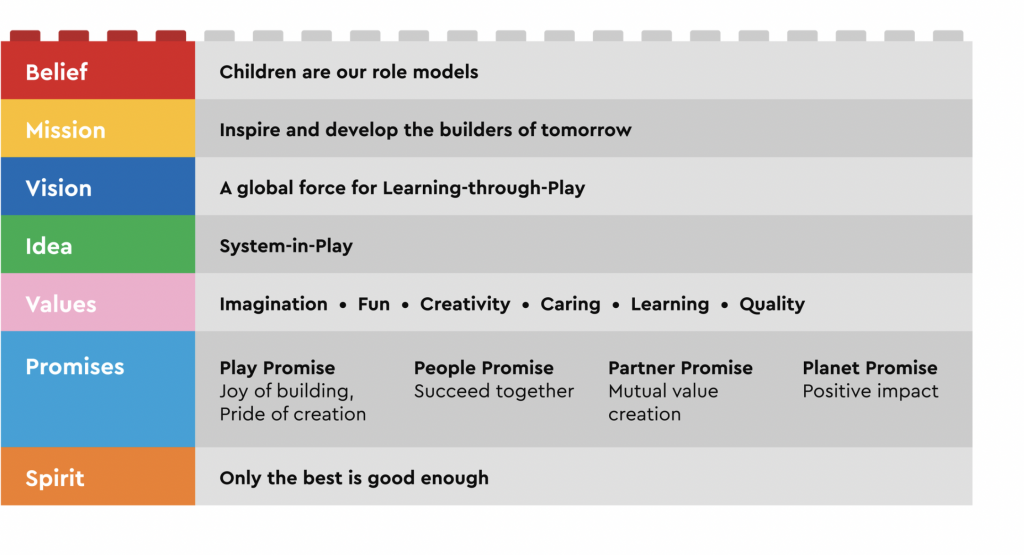
2. In an article with the University of Iowa, you mentioned that the paradigms for adults are not the same for children, when considering how to design or develop a prototype, how can people design and create for different human abilities in mind?
In general, many of the empathetic design approaches and accessibility guidelines from universities and companies alike cover how to gather information on differing human abilities and how to apply those findings to an iterative design process. In terms of interactive interfaces and being that we believe in the power of learning, I have also taken inspiration from the Universal Design for Learning guidelines from CAST, a nonprofit education research and development organization, to consider how to provide multiple means of engagement, representation, and action and expression in the experiences designed.
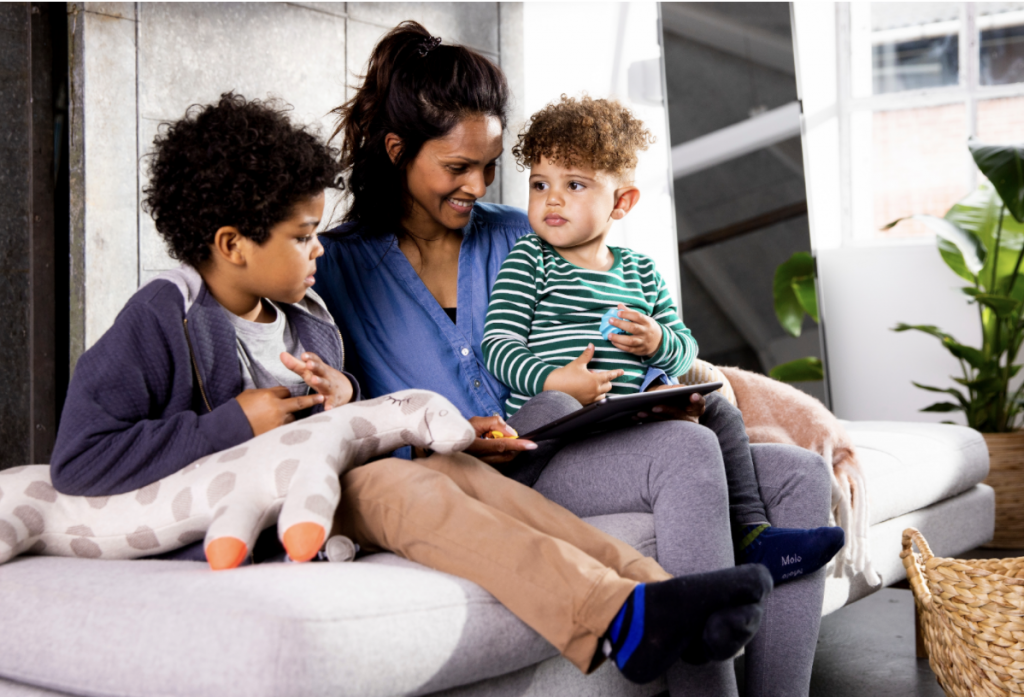
My starting point is a question: how can we make experiences with multiple entry points that work for everyone—with flexible approaches, customizable and adjustable for individual needs?
Let me exemplify with children’s app use:
- Noisy classrooms and homes
- Using LEGO sets in conjunction with a corresponding app with sounds and videos or in noisy environments can make it hard to hear the audio. How can we help people in this environment understand the app content better – e.g. provide video subtitles or the ability to change the speed or rate of playback.
- Kids are active and can injure themselves
- What if a child gets a temporary eye patch or has their arm in a sling? Can the app still be used effectively? We might then want to ensure forgiveness in the app like undo and autosave; design for using thumbs on the screen (holding the tablet upright) and using fingers (setting it flat on the table) etc.
- Questioning User Interface standards
- For many adult focused apps, tutorials about getting started have several screens with three dots at the bottom to indicate three pages of tutorial material. Does that standard make sense to a seven-year-old? We found that videos or mini-interactive experiences are better suited for onboarding younger kids.
- Typeface choice and legibility
- There is much research on what typefaces work better for kids and for dyslexia. I try to use the type that uses this
as opposed to this one
because the first is closer to how a child learns to draw the letter.
- There is much research on what typefaces work better for kids and for dyslexia. I try to use the type that uses this
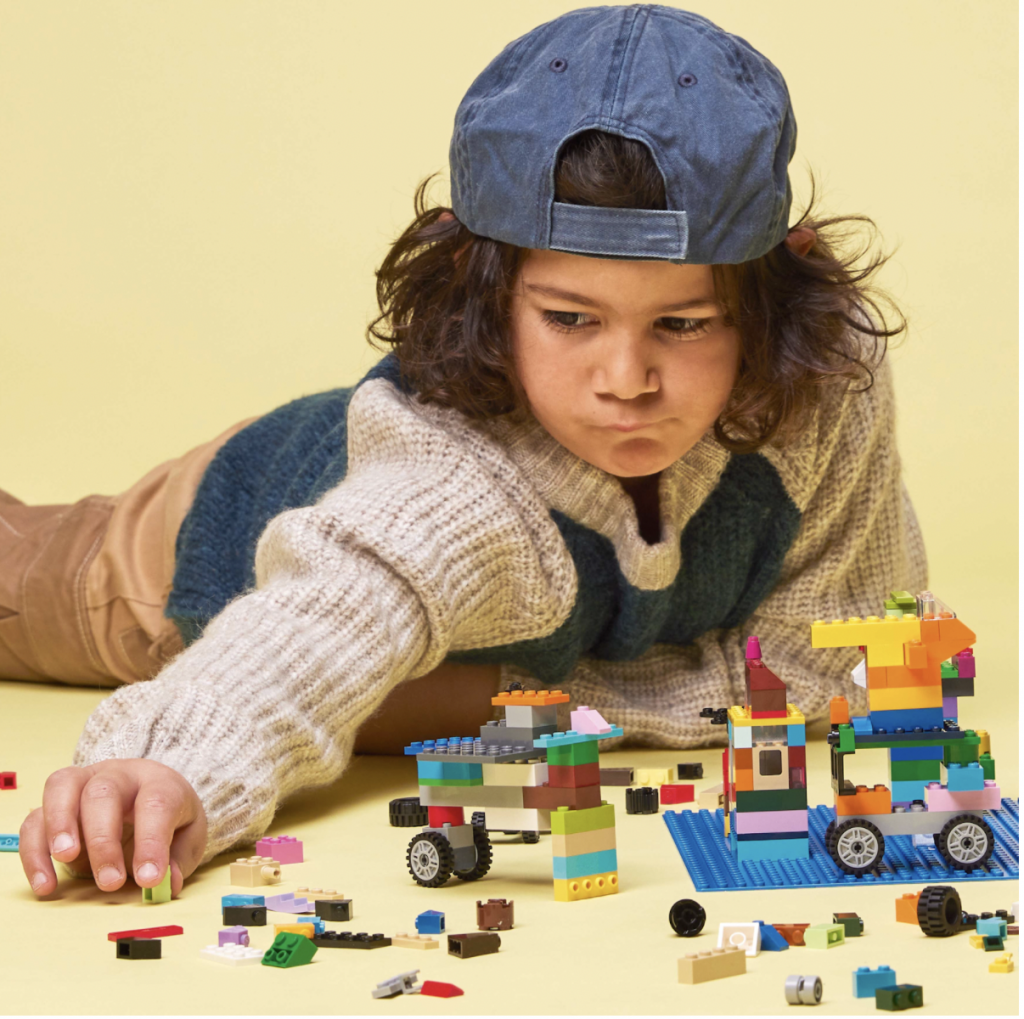
3. When it comes to sensory and physical ability, there is a spectrum of capabilities or lack thereof. Do you find it important to have diverse teams when designing and problem solving for everyone in mind? What are some suggestions and considerations people can consider?
Without a doubt! This sounds incredibly simple but having these spectrums in proximity can indeed have an impact because it is so personal and up close.
That is also why we at the LEGO Group value running tests with diverse groups of kids and families to challenge the team’s ideas, rapidly learn and iterate, and eventually reach and inspire every child in the world.
Also, simply being committed to diversity and inclusion will eventually bring in more diverse colleagues, which also grows exposure to differences, and presents other perspectives. Intentionally including people with disabilities and different backgrounds, knowledge, experiences, perspectives, and beliefs in the design process promotes inclusion and impact in how we design our in-house tools, for example. The more inclusive we are, the better we will be at designing for everyone.
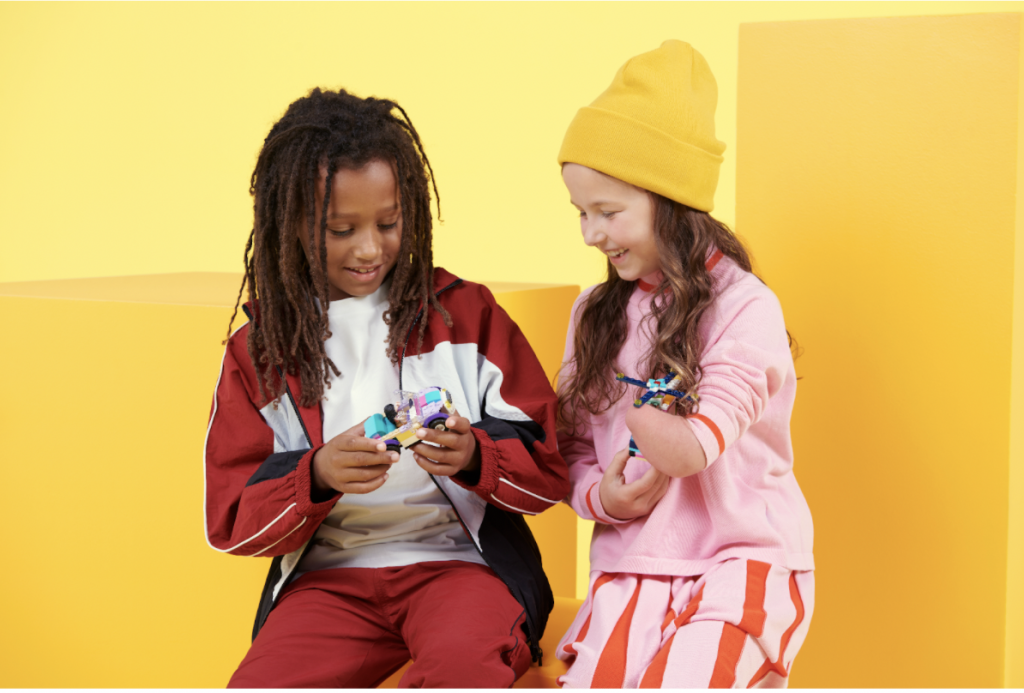
4. What are some mega trends to consider when it comes to designing with inclusion and accessibility in mind?
- The aging population and increased life expectancy.
- Societies being together apart and connecting more through digital could imply more focus on individual needs for differing abilities, desires, privacy, and rights.
5. What do you predict will happen in the next five years with universal design?
- The aging population will require more broadly usable experiences in general.
- more health equipment and service design
- accounting for sensory, health, or intellectual impairments
- As diversity conscientiousness grows collectively, universal design could grow in adoption as an approach to make things more accessible and usable for all.
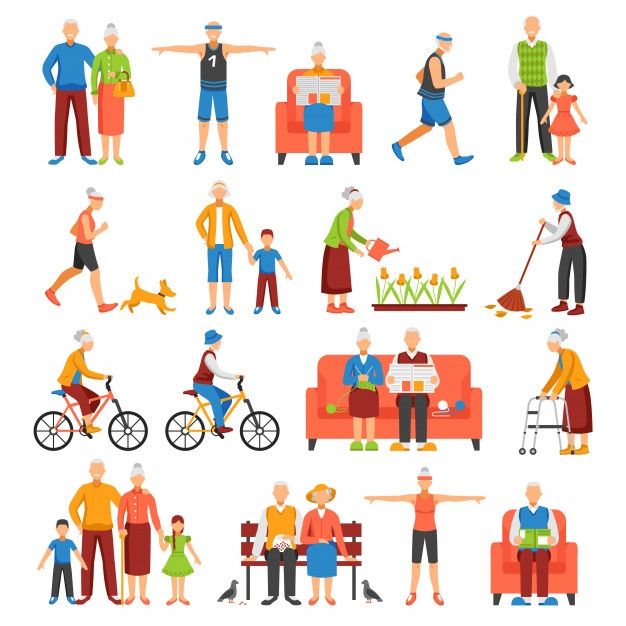
6. Why should digital designers care about the theory of Universal Design?
As someone who studied design, I am naturally motivated by my autonomy and creativity when I get the opportunity to work on something often in collaboration with talented colleagues. Especially, something that is accessible to all people, regardless of age, disability, or other factors. That makes me proud.
At the end of the day, I want my efforts to improve the lives of people, to make someone smile, and to foster a meaningful expression of care that makes someone feel valued and respected through a seemingly effortless and accessible design.
Not only does universal design have the potential to broaden that impact to even more people than just the intended or statistically relevant audiences, but also, we all experience injuries, impairments, and life events that affect our ability to interact with products and services in some way or another at any given point in our lives. So, we also simply help ourselves by considering how things can be used more universally in our human condition.




